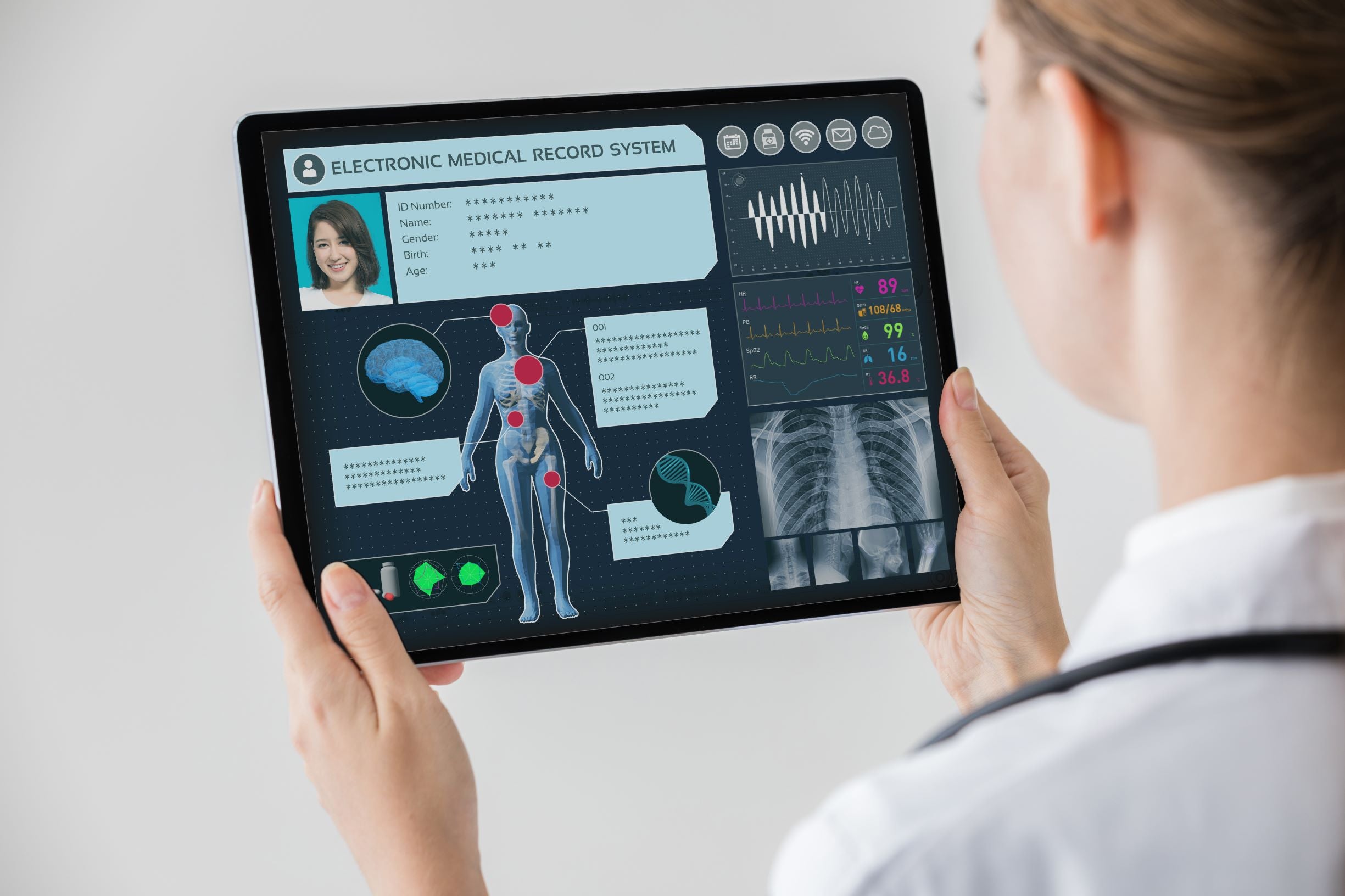In recent years, new disruptive technologies have made it possible to push the boundaries of traditional clinical trial models—one such disruptor is the virtual clinical trial (also called remote or site-less clinical trials). Up until a couple of years ago, it seemed impossible to conduct a large-scale virtual trial but pharmaceutical companies, big and small, are reporting successes. Some notable examples include AOBiome’s Phase 2b trial which was the first to be run 100 percent virtually and Novartis’ recent commitment to launch up to 10 trials with increasing decentralization over three years, eventually scaling to a “site-less” model.
It’s unsurprising that the industry is keen to explore the concept of virtual trials given that various surveys show the biggest deciding factor in whether a patient gets involved in a trial is the site location. Virtual trials remove geographical barriers and open up trials to more diverse and representative patient populations. Their focus on remote monitoring and convenience for the patient also seems to result in better retention rates and faster, higher-quality data collection.
By leveraging mHealth technologies and wearables to conduct these site-less trials, a pharmaceutical company can stand to make impressive cost-savings as well as accelerating study start-up timelines. However, as with any new disruptive model, there are some practical challenges and other concerns that are holding back the industry from fully embracing virtual trials.
Implementing Key Technologies
Virtual trials would be impossible without the advent of new technologies that are replacing paper processes. In order to conduct fully remote trials, pharmaceutical companies need to integrate a range of technologies into their trials and ensure that their sites are comfortable using them.
The first step is often looking at what technologies can be leveraged to enable electronic patient recruitment. For instance, patients can be assessed by video link while patient portals can be used to give patients access to all of the information for a trial in one place, rather than physicians being relied upon to explain the details of a trial to each patient. eConsent has been a game-changer in this respect.
Rather than patients having to digest dozens of pages of trial information at one time, eConsent enables this information to be broken down into easily digestible modules and even the addition of videos and other multimedia. This reduces the risk of patients being overwhelmed by the amount of information and results in them being better informed about what their trial participation will entail.
Wearables are the other major technology which virtual trials rely upon. These devices collect ongoing measurements of activity levels, blood pressure, heart rate, etc in a way that is largely unnoticeable to the patient. Not only does this arguably improve the reliability of results (as it is measuring the effect of the drug in the real world, rather than a clinical setting) but it also makes submitting data incredibly convenient for the patient in a way that paper PROs or even eDiaries do not. And often the consensus is that the more ‘convenient’ a trial for patients then the better the retention rates.
Discovering Various Models for Virtual Trials
Of course, the key convenience for virtual or site-less trials is that patients do not need to visit a trial site on a regular basis. But the term ‘site-less trials’ is perhaps misleading as from a regulatory perspective there must always be a trial site. However, virtual trials mean that the site can be centralised and patients are not required to physically visit it as in the traditional model.
However, pharmaceutical companies should consider their target demographic and how comfortable they might be using the technologies required for virtual trial participation. There is likely to be at least a small percentage of patients in a study that would prefer to visit their local site and there are various hybrid models that can be used to make provisions for them. In one case, you could have a centralised virtual site which complements your brick-and-mortar sites, or alternatively you can have a traditional site but carry out some processes virtually.
Evaluating Key Challenges and Pitfalls
To conclude, for the most part moving to a virtual model might seem like a no-brainer considering the benefits for patient engagement, cost-savings and accelerated timelines, but there are still some key challenges that cannot be ignored.
One of the biggest challenges for virtual trials is device selection. There are concerns that the model of device, the position trial participants wear it and other factors could introduce variability into the trial results. In the early days of virtual trials, commercial wearable devices were being used but medical grade devices are now under development.
The other issue is that it is difficult for clinical operations professionals to confirm that the data actually came from the person. For instance, what happens if a person takes off their wearable device and a child picks it up to play with and then skews the results of their activity level? Solutions for this, as well as data security and confidentiality are still being worked out.
The third major concern for many pharmaceutical companies who are considering undertaking virtual trials is regulatory barriers. However, the FDA has stated that it sees the benefits of the appropriate use of technology in clinical trials. Also, relevant guidance documents such as the “the use of electronic informed consent in clinical investigations” will certainly help break down some barriers for those conducting virtual clinical trials.




